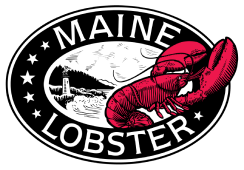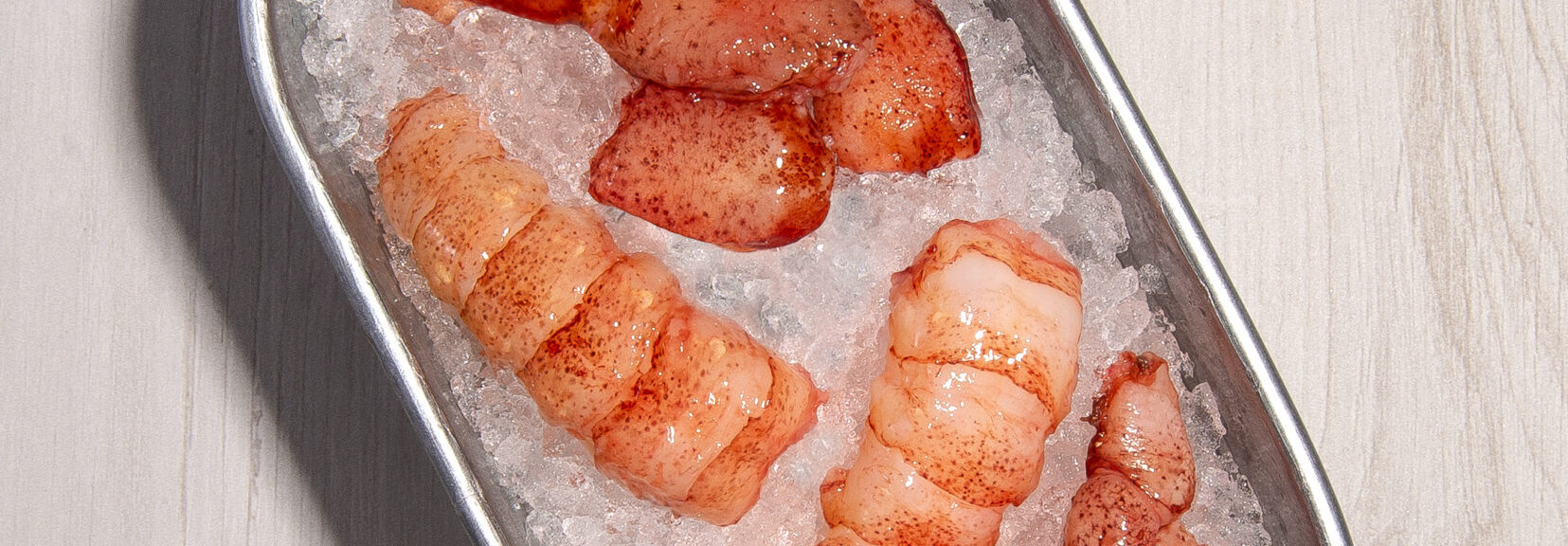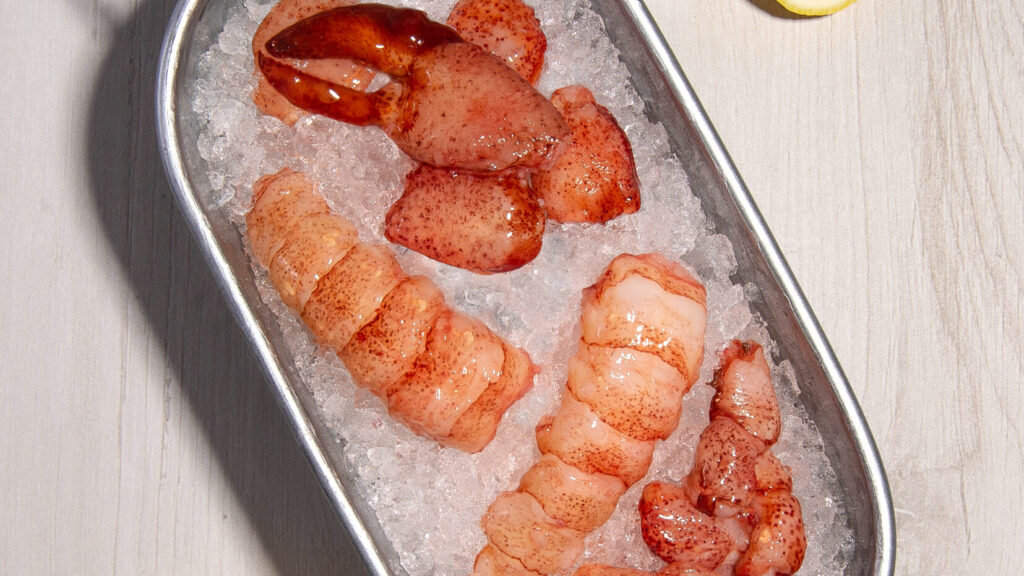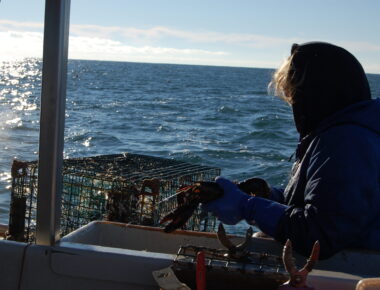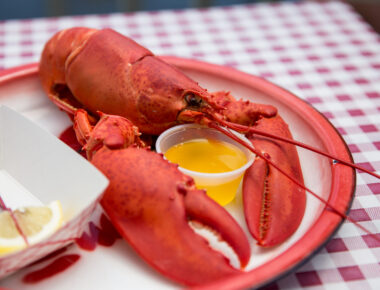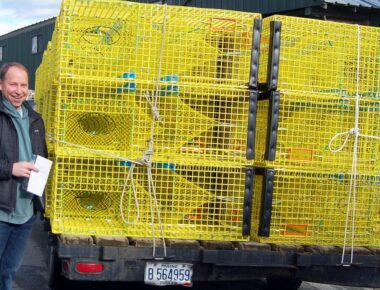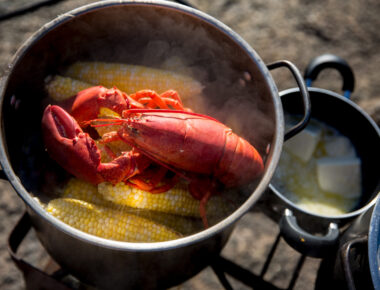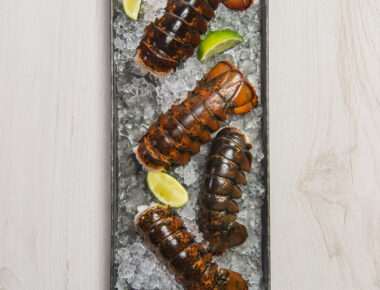Freezing Maine Lobster makes it even easier for diners around the world to enjoy Maine’s favorite crustacean. Frozen products offer many advantages to professional chefs and consumers alike, providing a longer shelf life than live products, keeping their flavor longer, and reducing kitchen labor costs.
Throughout the freezing process, the Maine industry takes great care to preserve the texture and freshness of our products, investing in new technologies and constantly evaluating opportunities to make sure that the lobster that arrives at your door is as delicious as lobster enjoyed right off the dock. While there are many methods of freezing lobster for transport, Maine has found that the best methods freeze very quickly so the cell walls don’t break down in the meat, preserving the fresh taste and texture. Be sure to ask your purveyor which method they use!
Nitrogen
Nitrogen is the quickest and most modern method of freezing – taking as little as 18 minutes – and preserves the fresh natural flavor and texture of the lobster. In a tunnel freezer, sub-zero nitrogen vapors are pumped into the chamber, surrounding the lobster and freezing it on contact. The nitrogen immediately turns into a gas when it comes into contact with the product, creating very minimal dehydration losses.
CO2
In this freezing technique, liquid CO2 is released into a tunnel freezer as the lobster moves through. Inside the tunnel, the liquid CO2 converts to a snow-like solid, coating the product and then vaporizing as heat is removed and the product freezes. The vapor CO2 absorbs additional heat before exhausting into the atmosphere. The combination of liquid, solid, and vapor CO2 ensures that the lobster is completely frozen and safe for transport.
Plate
This method of freezing is primarily used for lobster tails and other flat packaged products. Refrigerant is circulated within metal plates while applying pressure to the tails until completely frozen. Since there is no air in the freezing process, there is no dehydration of the meat or weight loss.
Blast & Brine
Blast freezing is used for freezing lobster in bulk, however, it is a lengthy process, taking 24-36 hours, due to the large amount of product. In a refrigerated room, high pressure air blowers are used to quickly circulate cold air around the room.
Brine freezing is used for shell-on products like tails and whole frozen. The product is first crusted in a brine, a process through which the product absorbs additional salt, resulting in a more salty finished product. The product is then finished in the freezer, a method of freezing that takes hours to complete.
Due to the slow freezing process in both blast and brine methods, large ice crystals form within the meat, causing the lobster to lose a lot of its natural moisture upon thawing. The result is a less desirable flavor and texture.
